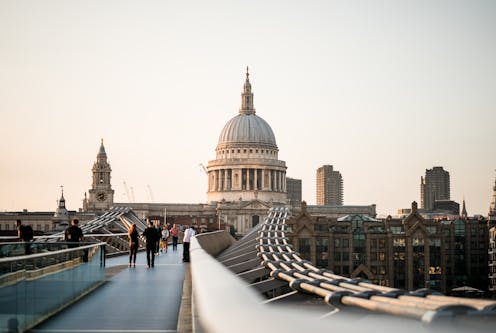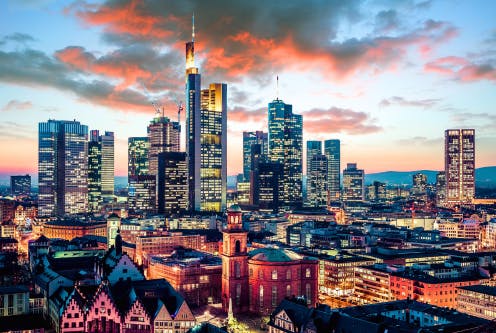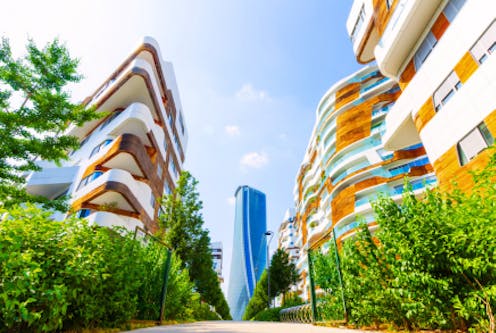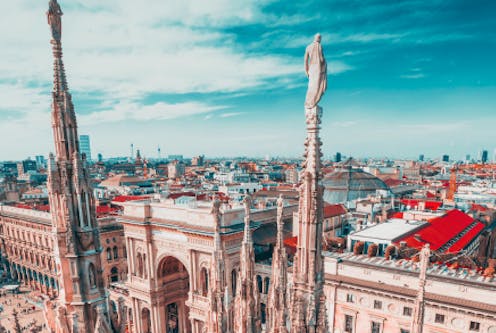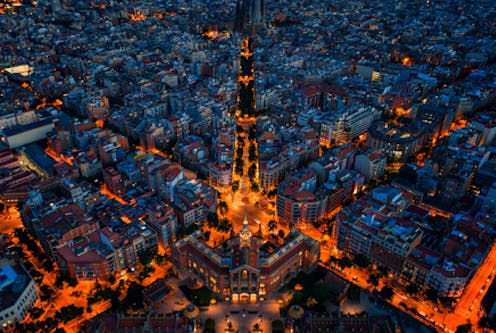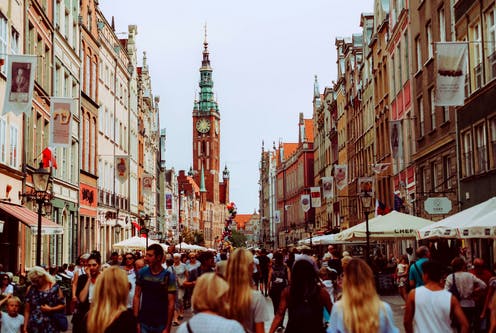Copenhagen is ahead of the game when it comes to sustainable energy, which makes it a prime target for property investors.
The Resource Rows: probably the best upcycling housing project in the world. This project of 92 homes on the outskirts of Copenhagen is built largely from recycled construction materials. And a large number of the reused bricks come from the old Carlsberg Brewery, famous for brewing what is advertised as “Probably the Best Beer in the World”.
Carlsberg isn’t the only source of old building materials. Resource Rows uses walls from abandoned rural dwellings, recycled waste concrete and surplus wood left over from the expansion of the city’s Metro. The rest of the bricks originate from various old schools, industrial buildings and derelict houses.
Not many cities recycle whole buildings. Then again, Copenhagen isn’t your average city. For a start, it’s one of the world’s greenest cities, which is aiming to become the first carbon neutral capital by 2025. Here, bicycles rule supreme. Already 50% of commuters cycle to work along the 390km of cycle lanes traversing one of the world’s smallest metropolitan city – and the city wants to make that proportion 75%. Bikes are everywhere. And so are canals, filled with water pure enough for swimming. For those keen to stretch their legs, this compact city is extremely walkable.
Somehow, Copenhagen manages to combine being ultra-green with being ultra-quirky. Take Amager Bakke, the city’s new artificial ski slope, built on the roof of a huge incinerator burning waste to produce heat and electricity. The recreational roof park also includes the world’s highest climbing wall. At 80m high, the roof park is a new landmark in a city otherwise devoid of hills.
Or, just look at the city’s Freetown Christiania commune set up in the 1970s as a “social experiment,” and still thriving as an alternative community today. Like Copenhagen as a whole, it’s multicultural, diverse and a liberal paradise for many.
Hygge, hip and happy
Maybe it’s the canals, the old houses with colourful facades, the creative arts scene, the widely acclaimed restaurants or just a mixture of all the above but this small city of just 623,404 citizens also has heaps of hygge. This Danish word roughly translates as “cosiness” and encapsulates the city’s warm, relaxed atmosphere and the general feeling of well-being.
Hygge probably helps Copenhagen rate as one of the happiest cities in the world. In 2020, it came fifth in the UN’s World Happiness Report. And it repeatedly ranks high on liveability indexes, with ECA International giving it the top spot as the most liveable city in the world for European expats in 2020.
A healthy work-life balance undoubtedly keeps its citizens happy. For example, employees benefit from comprehensive maternity and paternity packages and those working in the private sector have an average working week of just 37.5 hours. Moreover, residents enjoy a high level of freedom and safety with strong trust in democracy and state institutions. In other words, Copenhagen cares.




